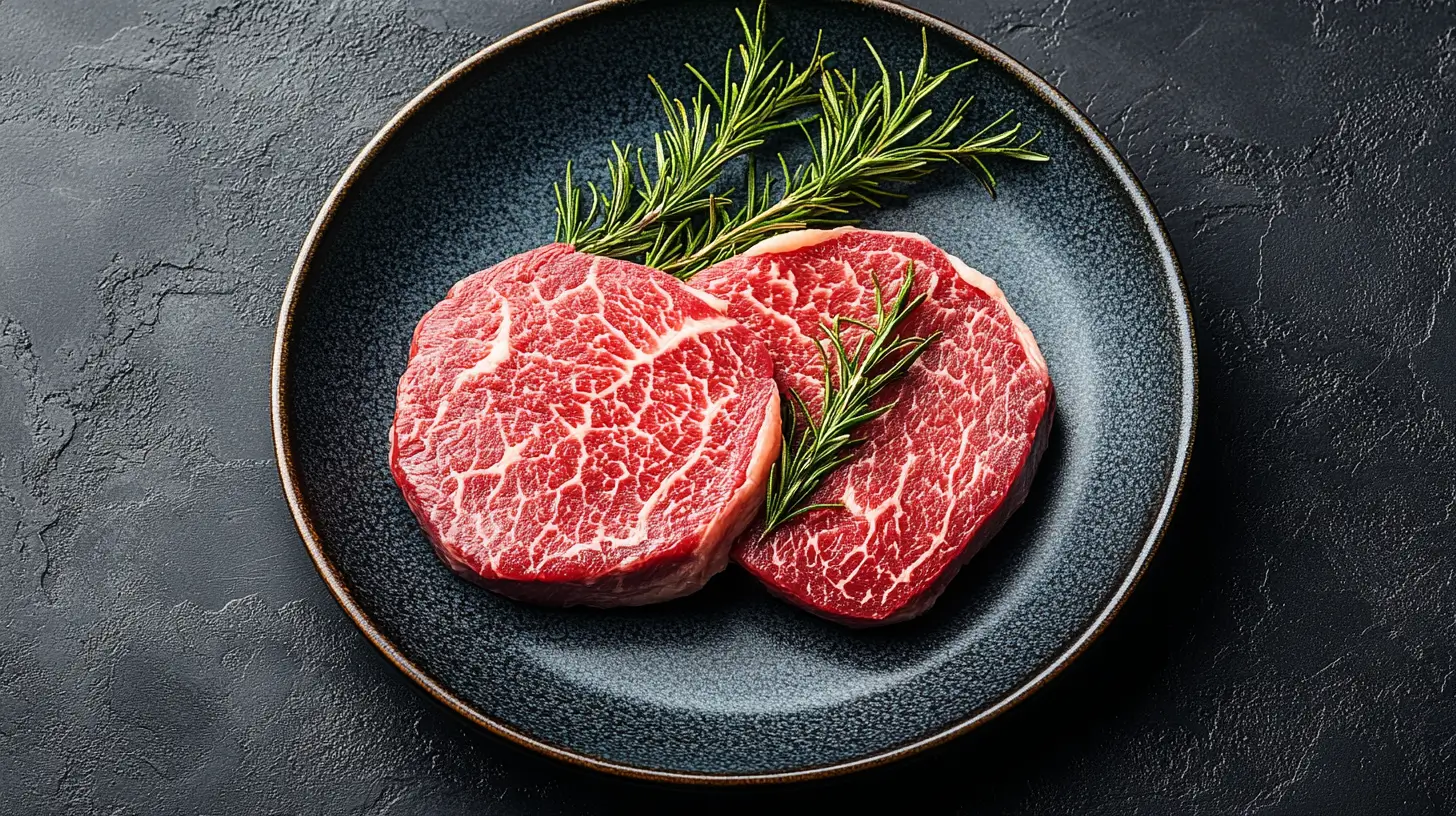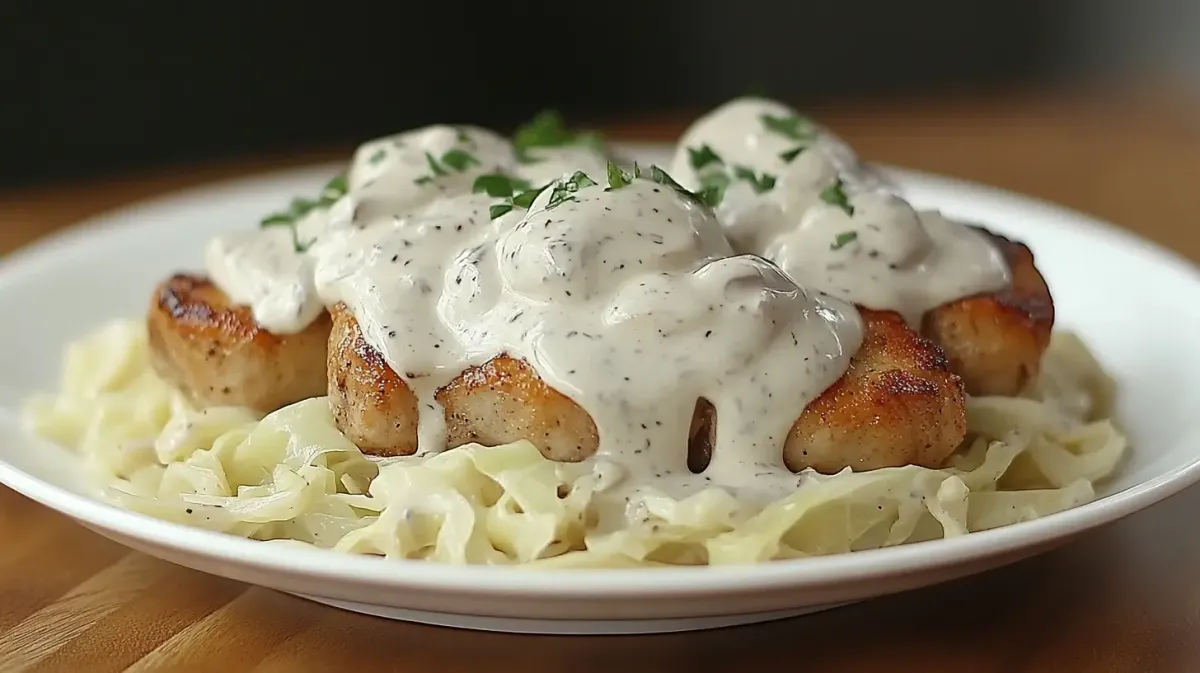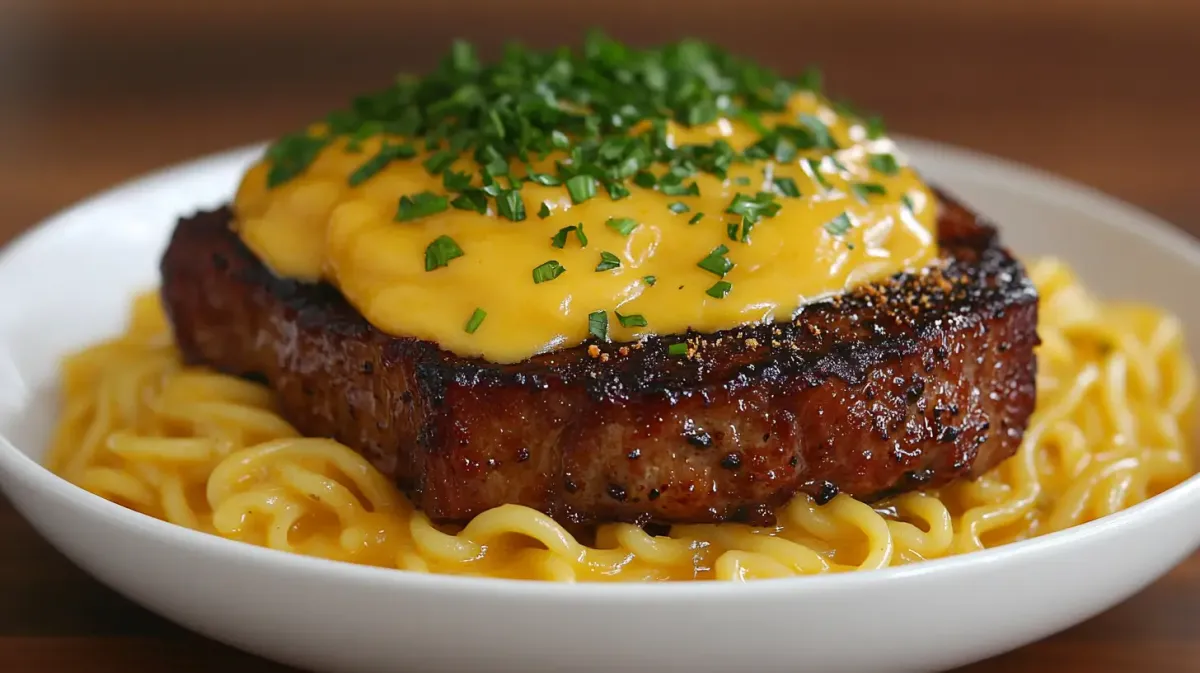- Home
- Pork Chop Protein Content
- Protein in Boneless Pork Chops (Raw vs Cooked)
Protein in Boneless Pork Chops (Raw vs Cooked)
How to compare protein in raw vs cooked boneless pork chops? Learn the differences in our detailed guide!

Navigating the Nutritional Landscape: Protein in Boneless Pork Chops
Ever stood in the kitchen, pork chop in hand, and pondered how cooking affects its nutritional content? If so, you're not alone. Many of us want to make the healthiest choices for our families, and understanding the dynamics of protein in our food, both raw and cooked, is a great place to start. Whether you are a culinary beginner or seasoned home cook, delving into this topic can enhance not only the flavors on your plate but also your meal planning prowess.
Today, we'll explore the sometimes overlooked details of how cooking influences the protein content of boneless pork chops, a favorite in many households for its versatility and flavor.
Protein in Pork: Raw Vs. Cooked
We're all looking for the best ways to get our protein, and boneless pork chops are a fantastic source. But how does cooking affect its protein value? Let’s break it down:
When raw, boneless pork chops contain about 22 grams of protein per 100 grams of meat. But here’s where it gets interesting. Cooking can indeed alter this figure. Typically, a cooked boneless pork chop will have a higher concentration of protein per 100 grams simply because cooking reduces its water content, thus concentrating the protein.
For example, when cooked, the protein content might rise to around 30 grams per 100 grams. This isn't because the cooking process adds more protein, but because the moisture loss during cooking concentrates what’s already there. Nonetheless, it is noteworthy that the actual piece of meat will weigh less after cooking due to moisture loss.
How Cooking Impacts Pork
Cooking pork chops is not just about enhancing flavor. It's also a critical action for safety and digestibility. Pork needs to reach a safe internal temperature to destroy potentially harmful bacteria. This internal magic number for pork chops is 145°F (62.8°C) followed by a three-minute rest off the heat, as per USDA recommendations.
Let’s look at various cooking methods and how they can change the protein quality:
- Grilling or Broiling: These high-heat methods sear the pork quickly and can lead to a higher retention of protein but watch out—overcooking can make the protein less digestible due to toughening of the meat fibers.
- Baking: A more gentle cooking method which is great for keeping pork chops tender and moist, potentially making the protein easier to digest.
- Pan-Frying: This method offers a quick, delicious crust with minimal protein loss, but like grilling, requires careful management to avoid overcooking.
The method you choose not only affects the texture and taste but also, the nutritional profile of your dish.
Maximizing Protein in Your Cooking
Preparation can make all the difference. Want to keep your pork chops as nutritious as possible? Here are some quick tips:
- Avoid Overcooking: Overcooked pork not only loses texture and moisture but can also degrade some proteins, making them less beneficial.
- Marinate: Adding an acidic marinade can help tenderize the meat, enhance flavor, and may also help in retaining moisture while cooking, keeping those proteins intact.
- Resting: Allow the cooked pork chops to rest covered for a few minutes after cooking. This helps redistribute the juices (which contain protein) back through the meat.
By managing how you cook and prepare your pork chops, you can maximize the nutritional benefits without sacrificing flavor.
Why Focus on Protein?
Protein is crucial for building muscle, repairing tissue, and maintaining a healthy immune system. It is one of the building blocks of body tissue and can also serve as a fuel source. By understanding how your food changes through cooking, you're better equipped to make choices that fit your nutritional needs and those of your family. Boneless pork chops, versatile and delicious, provide a fantastic canvas for a nutrient-packed meal.
Summing It Up
Needing protein in your diet doesn't have to be a boring affair. By understanding the simple science behind protein in raw versus cooked boneless pork chops, you can start to cook with confidence and a bit more insight. Next time you're at the store or preparing a meal, remember these tips and how your chosen cooking method can impact not just the taste of your meal, but its nutritional value too.
Which cooking method will you try next with your pork chops? Perhaps an adventurous attempt at grilling with a new marinade? Or maybe a comforting, slow-baked dish for a family gathering? Whichever you choose, enjoy the delicious benefits of cooking with knowledge and heart. Bon appétit!



